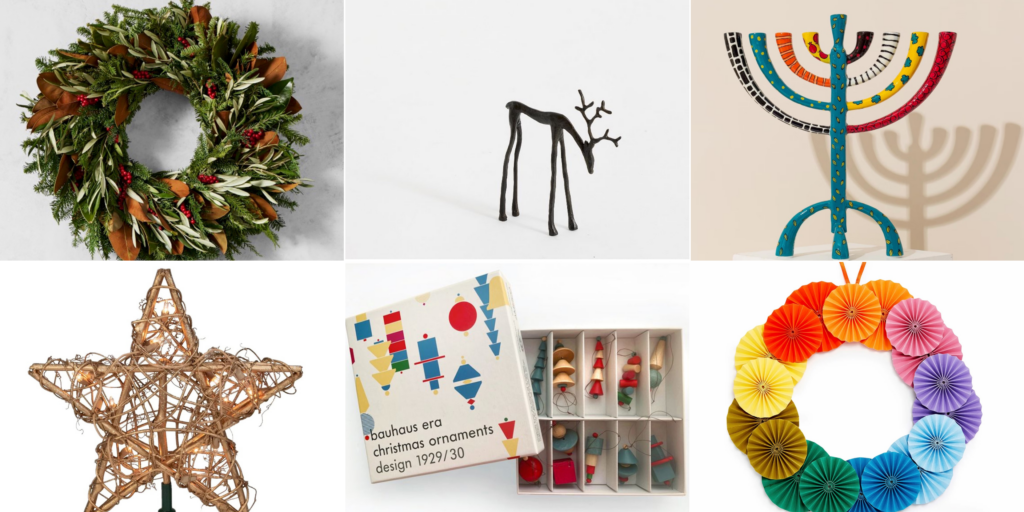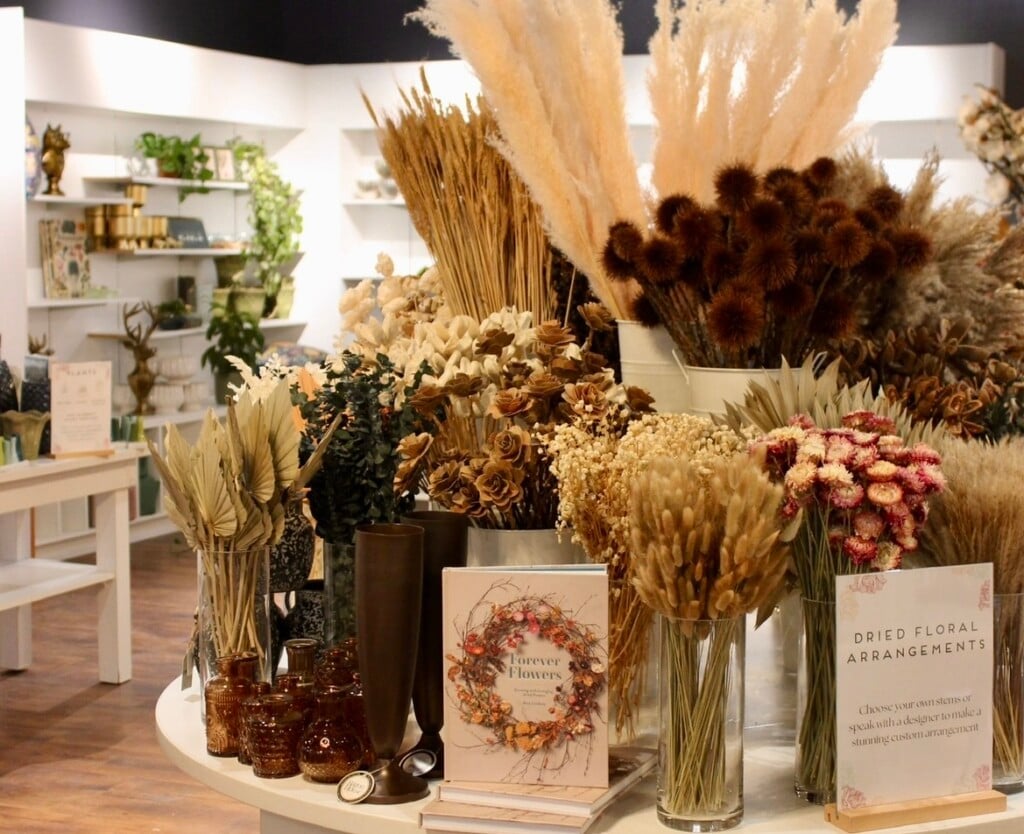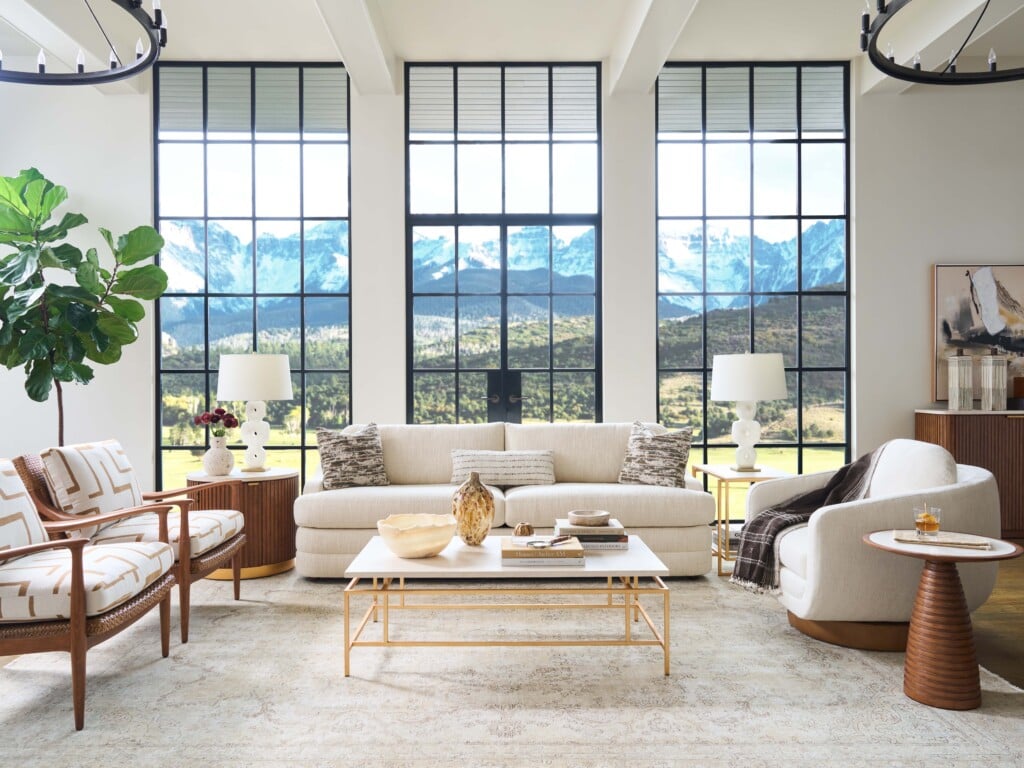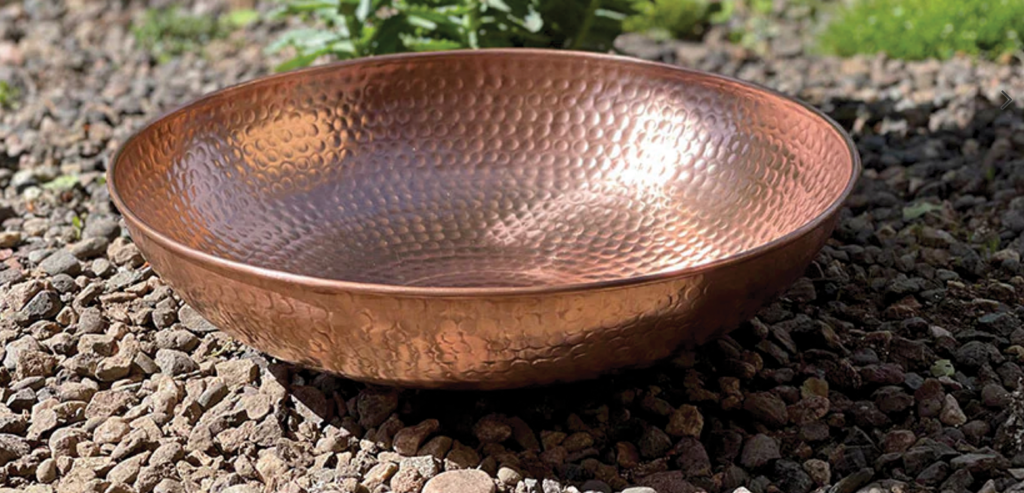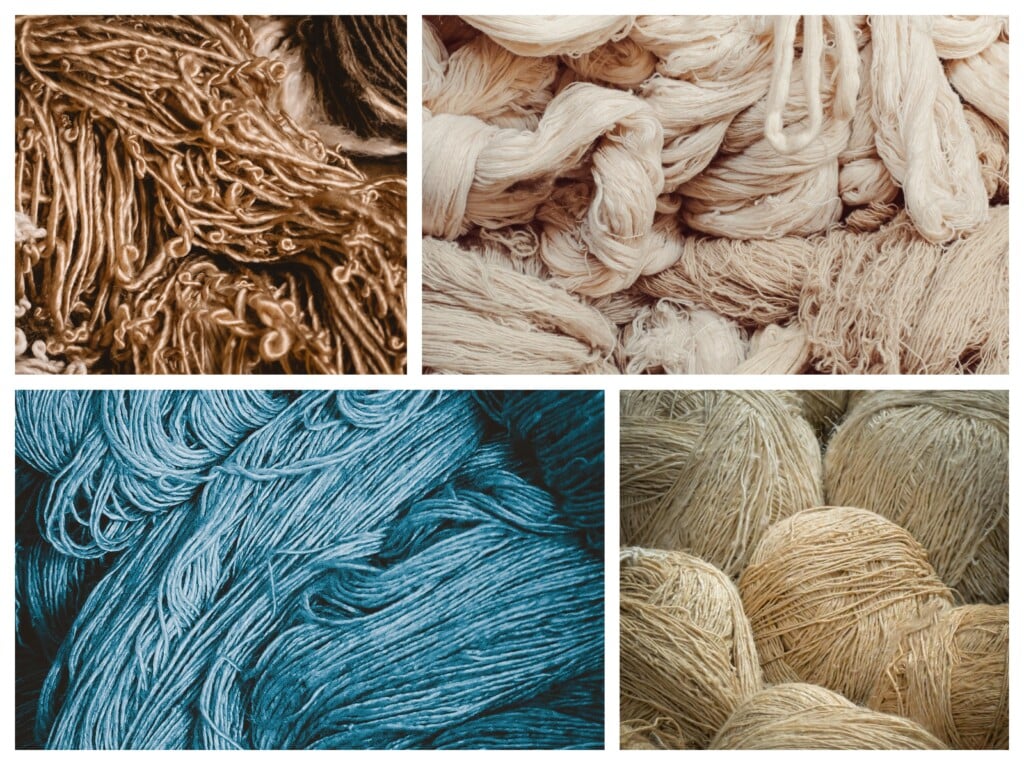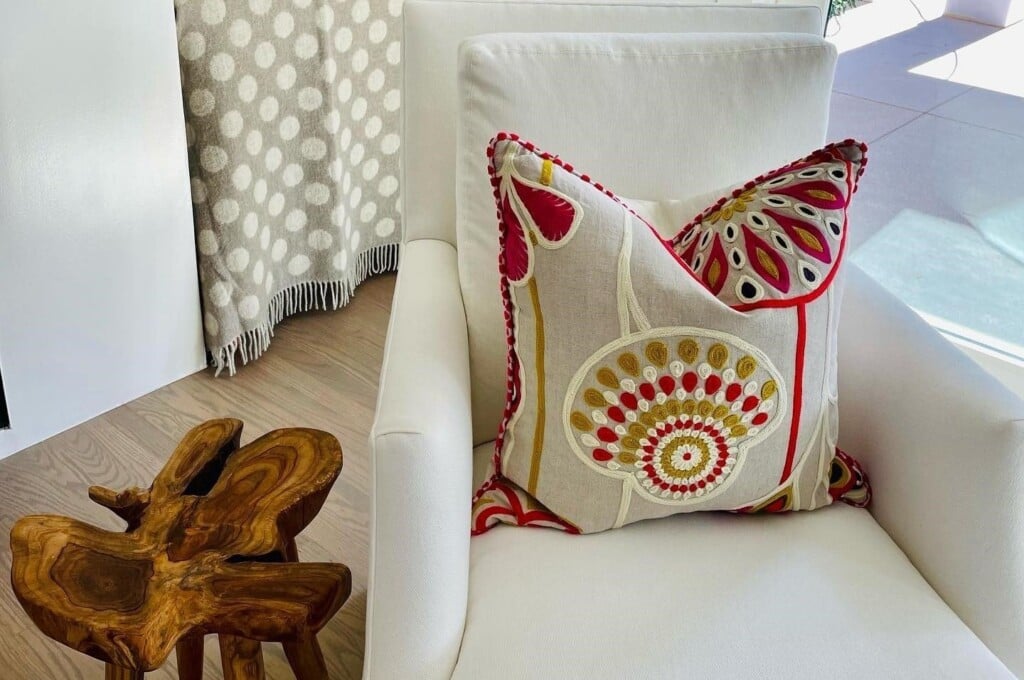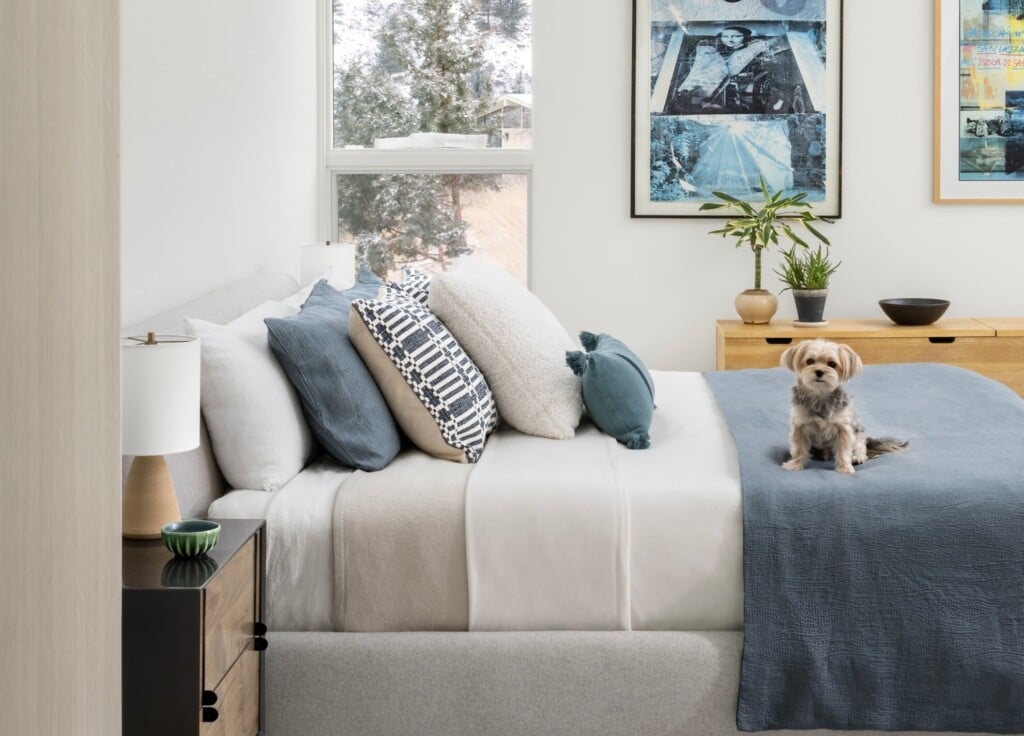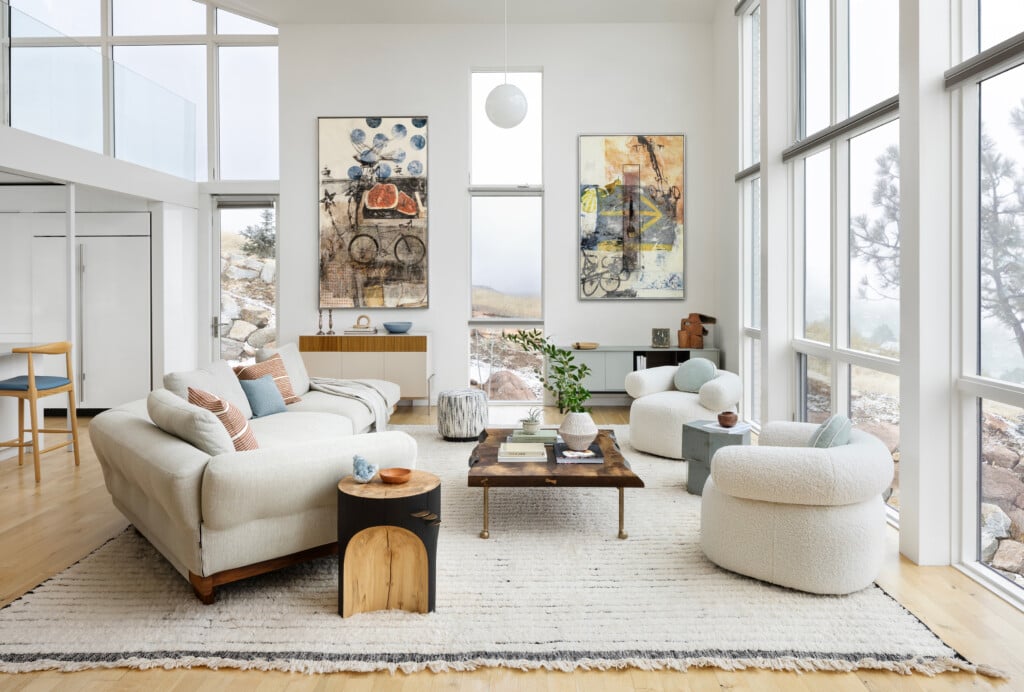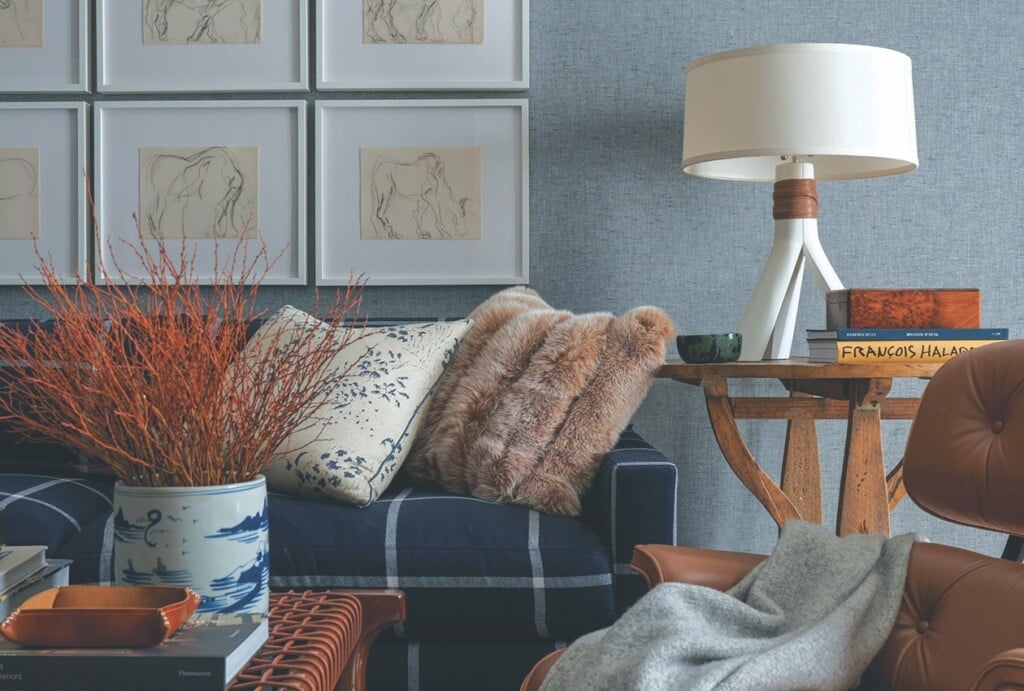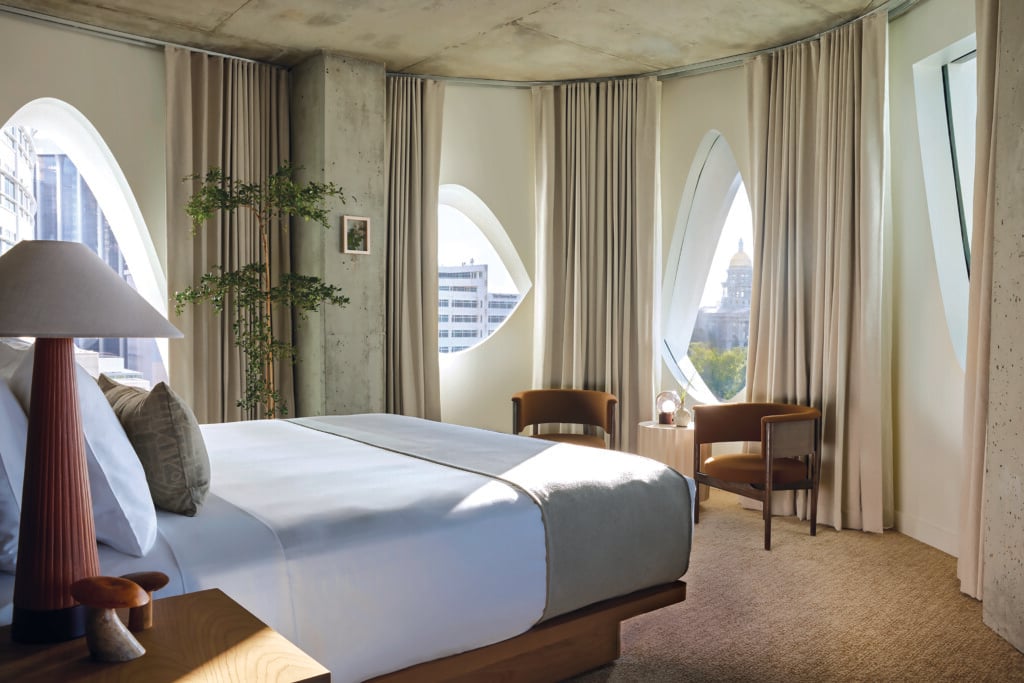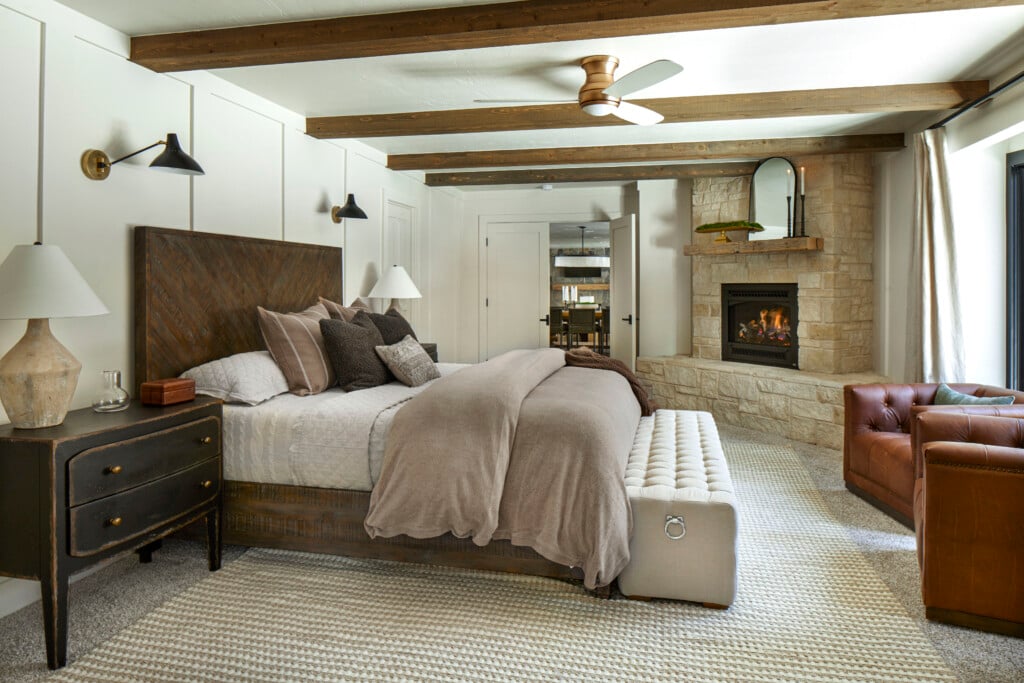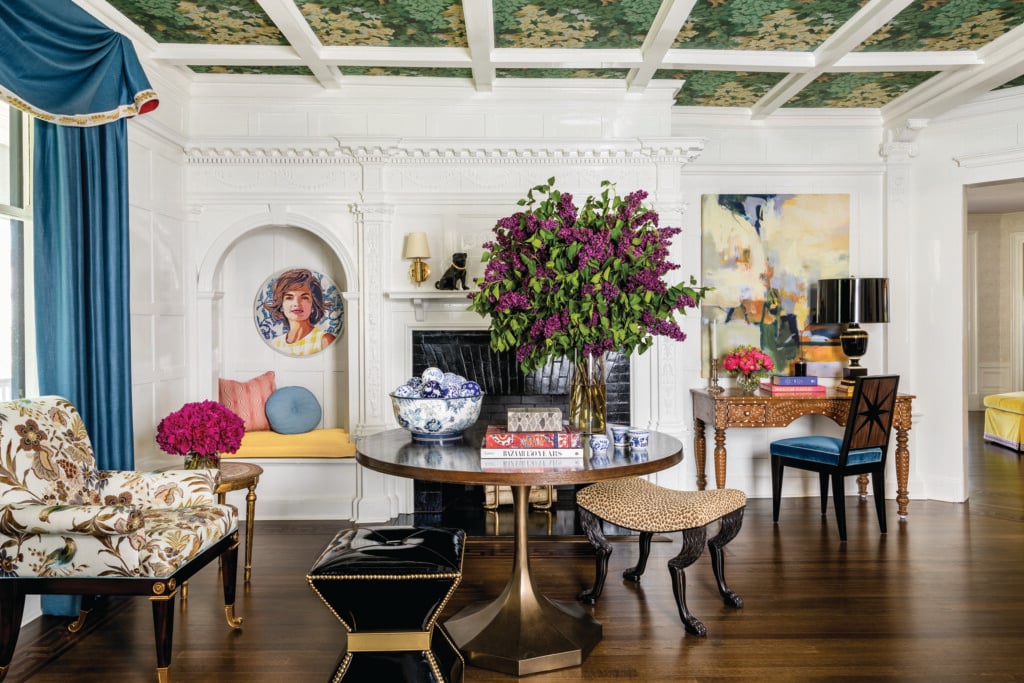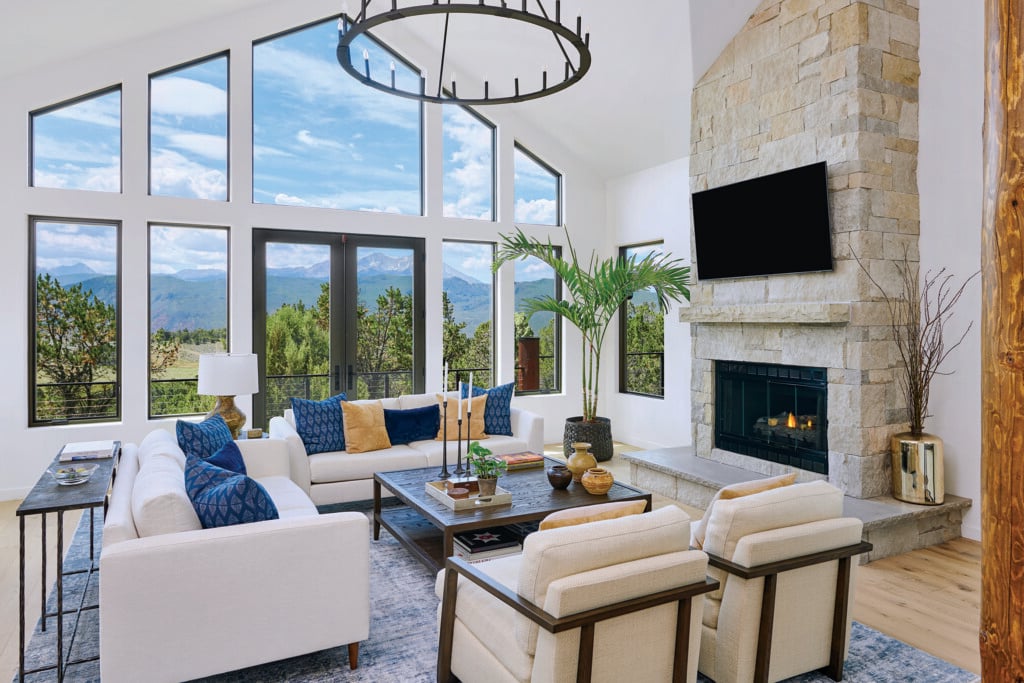Fibers & Materials: Which Are Best for a Rug Project?
From alpaca to abaca, a breakdown of natural and luxury fibers and how they shape design, durability and feel.
When selecting a rug, fiber choice is often the starting point—and for good reason. The feel, appearance and performance of a rug are all shaped by the material it’s made from. With so many natural and engineered options available today, navigating fiber types can feel a bit overwhelming. But understanding the properties of each material—particularly in terms of softness, durability, cleanability and aesthetics—can make a world of difference in choosing the right rug for a specific space.
Silk: Lustrous Elegance with Depth and Drama
Silk stands in a class of its own, prized for its unmistakable sheen, smooth texture and ability to showcase vibrant color. Rugs woven with silk—whether pure or blended—have a radiant quality that enhances intricate patterns and brings a level of artistry to any room. The fiber’s natural light reflection creates a shimmering effect that adds both visual depth and sophistication.
In addition to its beauty, silk is also incredibly strong—yet it requires careful handling. Exposure to sunlight and water should be avoided, and regular professional cleaning is recommended. Silk rugs are particularly well suited for formal living spaces, master suites or low-traffic areas where their elegance can truly shine.
Wool: Performance Meets Beauty
For more active households or hospitality-grade projects, durability becomes paramount. New Zealand wool is a favorite for combining softness with strength, thanks to its high lanolin content which helps resist staining and compression. Similarly, Merino wool offers fine softness while still holding up to everyday use, making it suitable for both residential and commercial interiors.
Plant Fibers: Earthy Texture
Designers looking to incorporate rustic, organic aesthetics often turn to plant-based fibers like jute, hemp, sisal and abaca. These materials bring visual texture and an earthy feel to interiors. While they’re generally not as soft underfoot, they offer unique appeal in entryways, sunrooms and casual communal spaces and are great for layering. It’s worth noting that plant fibers typically require dry maintenance and professional care to avoid moisture damage.
Luxury Animal Fibers: Natural Sophistication
Luxury animal fibers like alpaca, mohair, pashmina and cashmere are gaining popularity for their exceptional softness and artisanal appeal. These fibers lend a refined touch, not only through their tactile experience but also their natural color tones, which often reflect their origin—ranging from soft whites to rich browns and greys. These subtle tonal variations add depth and warmth to a design, especially when paired with minimalist palettes or organic interiors.
- Alpaca offers a silky luster and lightweight drape while remaining relatively easy to maintain with professional care.
- Mohair, from the Angora goat, balances softness with resilience, making it suitable even in spaces with moderate foot traffic.
- Pashmina and cashmere bring ultra-soft textures to the forefront but are best suited for low-traffic areas, as they require delicate handling and cleaning.
These fibers are ideal for clients seeking a luxurious aesthetic and tactile richness, particularly in intimate settings such as bedrooms, reading rooms or formal lounges.
Stephanie Muller is VP of Product Development at STARK. Long committed to artisanal craftsmanship and techniques, STARK has been the go-to source for luxurious, beautifully crafted carpets and rugs since 1938. Visit their Denver Showroom or call them at 303-722-4700.
Content for this article provided by STARK.






